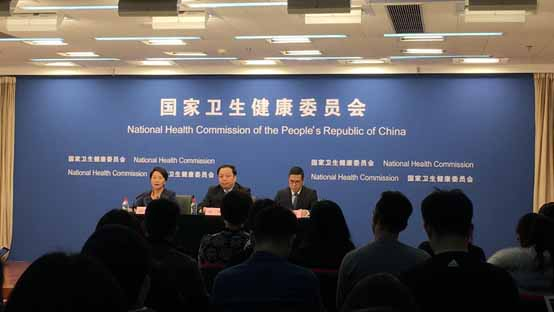
Health
12:20, 11-Jan-2019
Reimbursable anti-cancer drugs available in Chinese hospitals
Updated
11:11, 14-Jan-2019
By Wu Guoxiu
01:42

A whole host of new and improved drugs for fighting cancer are now available at many of China's hospitals. China's National Health Commission (NHC) said these drugs, which are part of the country's basic medical insurance programs, can help ease financial burdens on patients.
Two months since China added 17 more anti-cancer drugs to its basic medical insurance programs, the nation's health authority said the drugs are now available in most first-tier hospitals and cancer centers. As the drugs are reimbursable from medical insurance companies, patients are now able to spend less.
"Our data as of January 3 show most of the 1,386 first-tier and cancer hospitals in China have purchased these anti-cancer drugs, and over 600,000 cases of these drugs have been used, reducing the burden on patients," said Song Shuli, spokesperson of NHC.

A whole host of new and improved drugs for fighting cancer are reimbursable under medical insurance in China. /VCG Photo
A whole host of new and improved drugs for fighting cancer are reimbursable under medical insurance in China. /VCG Photo
China has taken a series of measures to reduce patient costs, including scrapping tariffs for all imported cancer drugs last May.
In 2018, the government spent 24.2 billion yuan (over 3.5 billion U.S. dollars) to support over 600 medical facilities.
Public hospitals in all provinces are reachable through a telemedicine network, that enables doctors to cooperate in treating patients.
Not all of the nation's 20,000 private hospitals are on the network. The health authority says China's medical service quality keeps improving.
"The annual Lancet Journal Global Healthcare Access and Quality Report, ranked China number 48 worldwide in 2016, up from number 60 in 2015," said Mi Feng, another spokesperson of the commission.
In addressing years of public concerns over high prices and a lack of good doctors, the authority vows to continue building a "tiered-medical system" to ensure that qualified medical services become more accessible.

SITEMAP
Copyright © 2018 CGTN. Beijing ICP prepared NO.16065310-3
Copyright © 2018 CGTN. Beijing ICP prepared NO.16065310-3